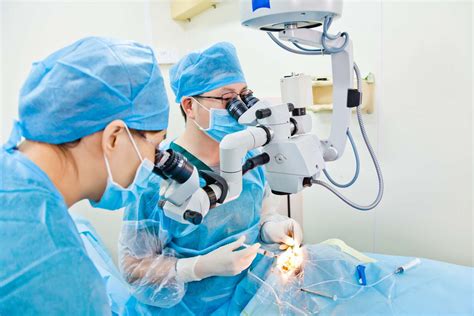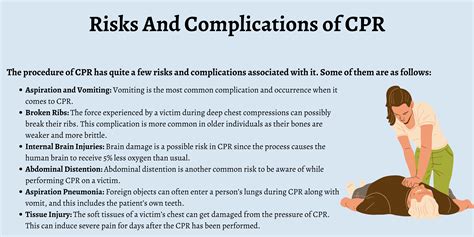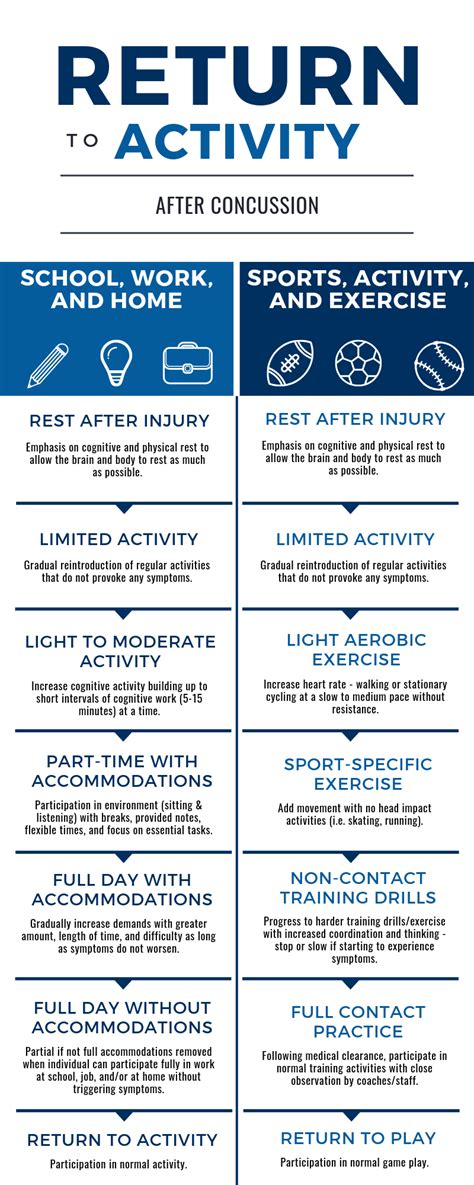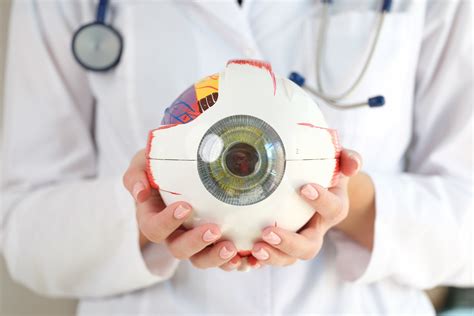Intro
Learn about cataract procedure recovery with our comprehensive guide, covering post-op care, eye drops, and vision restoration, to ensure a smooth and successful healing process after cataract surgery.
The cataract procedure is a highly effective and commonly performed surgery to restore vision in individuals suffering from cataracts. As with any surgical procedure, understanding the recovery process is crucial for a smooth and successful outcome. In this article, we will delve into the world of cataract surgery recovery, exploring the essential steps, tips, and guidelines to ensure a rapid and comfortable healing process.
Recovery from cataract surgery is a critical phase that requires careful attention to detail and adherence to the surgeon's instructions. The human eye is a delicate and complex organ, and cataract surgery involves making a small incision in the cornea to remove the cloudy lens and replace it with an artificial one. The recovery process typically begins immediately after the surgery and can last several weeks. It is essential to follow the post-operative instructions provided by the surgeon to minimize the risk of complications and ensure optimal results.
The cataract procedure has undergone significant advancements in recent years, with the introduction of cutting-edge technologies and techniques. Phacoemulsification, laser-assisted cataract surgery, and femtosecond laser technology are some of the modern methods used to perform cataract surgery. These innovative approaches have improved the accuracy, safety, and efficacy of the procedure, resulting in faster recovery times and better visual outcomes. However, the recovery process remains a vital aspect of the overall treatment, and patients must be well-informed about what to expect during this period.
Understanding the Cataract Procedure

Types of Cataract Surgery
There are several types of cataract surgery, including traditional phacoemulsification, laser-assisted cataract surgery, and femtosecond laser technology. Each method has its advantages and disadvantages, and the choice of procedure depends on the individual's specific needs and the surgeon's professional judgment. Phacoemulsification is the most common method, involving the use of ultrasonic waves to break up and remove the cloudy lens. Laser-assisted cataract surgery uses a femtosecond laser to create the incision and fragment the lens, while femtosecond laser technology uses a high-precision laser to perform the entire procedure.Preparation for Cataract Surgery

What to Expect on the Day of Surgery
On the day of surgery, patients should arrive at the designated time and be prepared to spend several hours at the surgical facility. The surgeon will review the procedure, answer any questions, and provide instructions on what to expect during the recovery process. Patients will be given anesthesia to numb the eye and may be lightly sedated to relax during the procedure. After the surgery, patients will be taken to a recovery area where they will be monitored for a short period before being discharged.Post-Operative Care and Recovery

Tips for a Smooth Recovery
To ensure a rapid and comfortable recovery, patients should follow these tips: * Use eye drops as directed by the surgeon to prevent infection and inflammation * Avoid heavy lifting or bending to prevent straining the eye * Refrain from rubbing or touching the eye to prevent infection and irritation * Wear protective eyewear, such as sunglasses, to protect the eye from dust and debris * Attend follow-up appointments with the surgeon to monitor the healing processCommon Complications and Risks

Minimizing the Risk of Complications
To minimize the risk of complications, patients should: * Follow the surgeon's instructions carefully * Attend follow-up appointments to monitor the healing process * Use eye drops as directed to prevent infection and inflammation * Avoid heavy lifting or bending to prevent straining the eye * Refrain from rubbing or touching the eye to prevent infection and irritationRecovery Time and Returning to Normal Activities

Returning to Normal Vision
After cataract surgery, patients can expect their vision to improve significantly. However, it may take several weeks for the eye to fully adjust to the new lens. Patients may experience some blurriness or double vision during the recovery period, but these symptoms should resolve on their own. Patients should attend follow-up appointments with their surgeon to monitor the healing process and adjust the lens as needed.Cataract Surgery and Insurance Coverage

Understanding Insurance Coverage
To understand insurance coverage, patients should: * Check with their insurance provider to determine the level of coverage * Review their policy to understand any out-of-pocket expenses * Ask about any pre-authorization or pre-certification requirements * Keep receipts and records of medical expenses for reimbursementWhat are the risks and complications of cataract surgery?
+Cataract surgery carries certain risks and complications, including infection, inflammation, retinal detachment, and vision problems. However, these complications are rare and can be minimized by following the surgeon's instructions and attending follow-up appointments.
How long does it take to recover from cataract surgery?
+The recovery time for cataract surgery varies depending on the individual and the type of procedure performed. Most patients can return to normal activities within a few days, but it may take several weeks for the eye to fully heal.
Will I need to wear glasses after cataract surgery?
+After cataract surgery, patients may still need to wear glasses to correct vision problems, such as presbyopia or astigmatism. However, the need for glasses will depend on the individual's specific needs and the type of lens implanted.
Can I drive after cataract surgery?
+Patients should avoid driving for at least 24 hours after cataract surgery, or until their vision has stabilized and they are no longer experiencing any symptoms, such as blurriness or double vision.
How much does cataract surgery cost?
+The cost of cataract surgery varies depending on the type of procedure performed, the location, and the surgeon's fees. However, cataract surgery is typically covered by insurance, including Medicare and private insurance plans.
In summary, cataract surgery is a highly effective and commonly performed procedure to restore vision in individuals suffering from cataracts. Understanding the recovery process is crucial for a smooth and successful outcome. By following the surgeon's instructions, attending follow-up appointments, and taking necessary precautions, patients can minimize the risk of complications and ensure a rapid and comfortable recovery. If you or a loved one is considering cataract surgery, we encourage you to consult with a qualified surgeon to discuss the benefits and risks of the procedure. Share your thoughts and experiences with cataract surgery in the comments below, and don't forget to share this article with others who may benefit from this valuable information.
